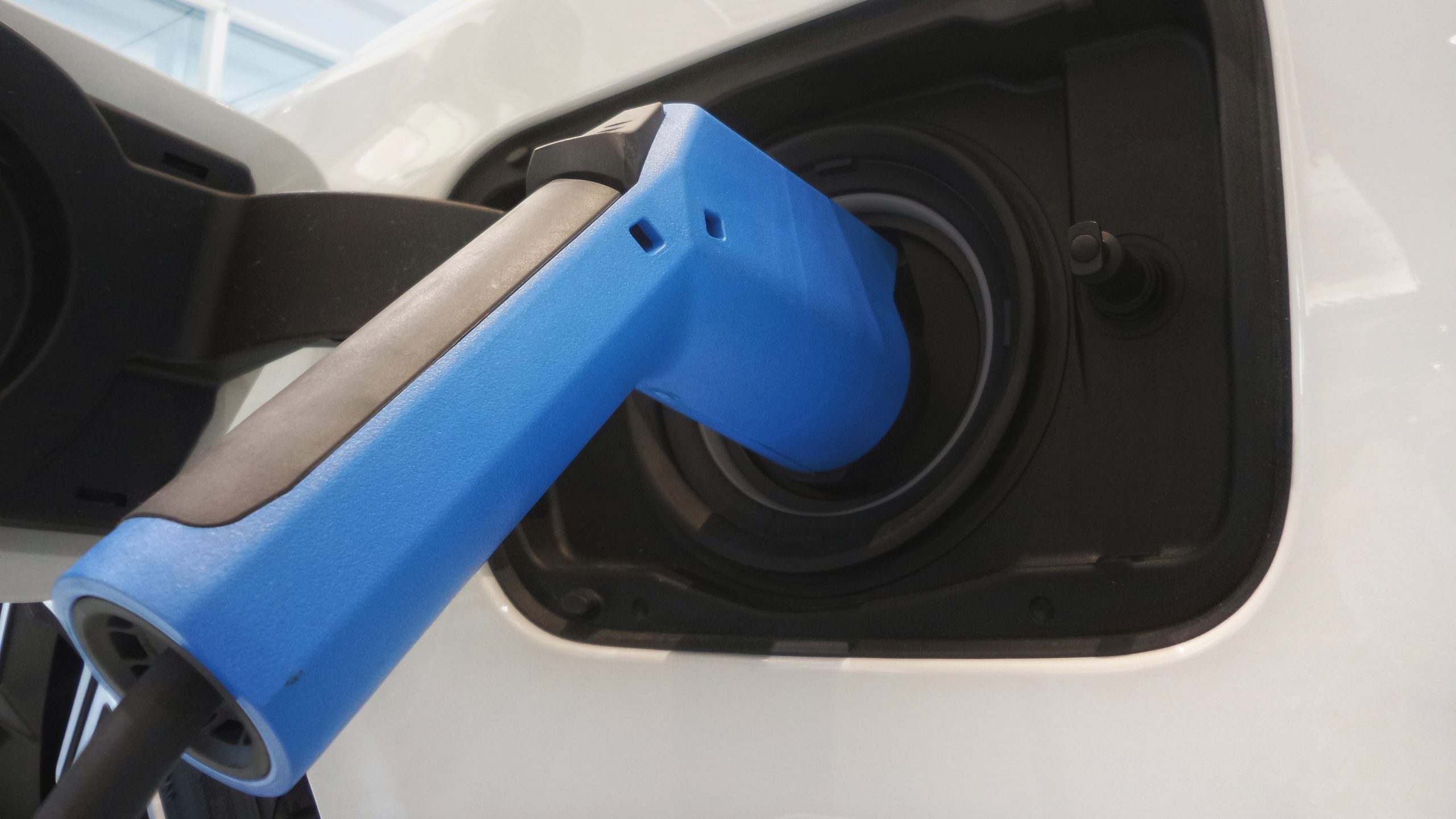
Policy Solution
Vehicle electrification
Lead by Example

Case Studies
Summary
Electrifying and reducing the fuel load of government vehicle fleets reduces excess urban heat emitted by gasoline-powered vehicles and promote electrification.
Implementation
Enact a requirement for municipalities to transition to zero or low emissions vehicles, reduce overall fuel demand, and optimize government routes.
Considerations for Use
Fleet electrification should prioritize replacing vehicles that are being decommissioned from use; which will effect the timeline to a fully electric fleet.
Overview
Climate:
Cold, Hot/Dry, Hot/Humid, TemperatePolicy Levers:
Lead by ExampleGovernments have ownership and jurisdiction over a range of assets (e.g. buildings and streets) and also serve as a direct employer, and contractor. This allows them to promote heat risk reduction and preparedness solutions and demonstrate their impact through leading by example with proactive interventions to make their assets, employment opportunities, and contracts heat-resilient.Trigger Points:
No-regrets actions (low cost/low effort but substantial benefit)Interventions that are relatively low-cost and low effort (in terms of requisite dependencies) but have substantial environmental and/or social benefits.Intervention Types:
Planning/PolicySectors:
Transportation
Case Studies
Impact
Target Beneficiaries:
ResidentsPhase of Impact:
Risk reduction and mitigationMetrics:
Number of electric vehicles
Implementation
Intervention Scale:
CityAuthority and Governance:
City governmentImplementation Timeline:
Medium-term (3-9 Years)Implementation Stakeholders:
City government, IndustryFunding Sources:
Public investmentCapacity to Act:
HighBenefits
Cost-Benefit:
MediumPublic Good:
LowGHG Reduction:
MediumCo-benefits (Climate/Environmental):
Reduce air and water pollution, Reduce greenhouse gas emissionsCo-benefits (Social/Economic):
Improve human health
